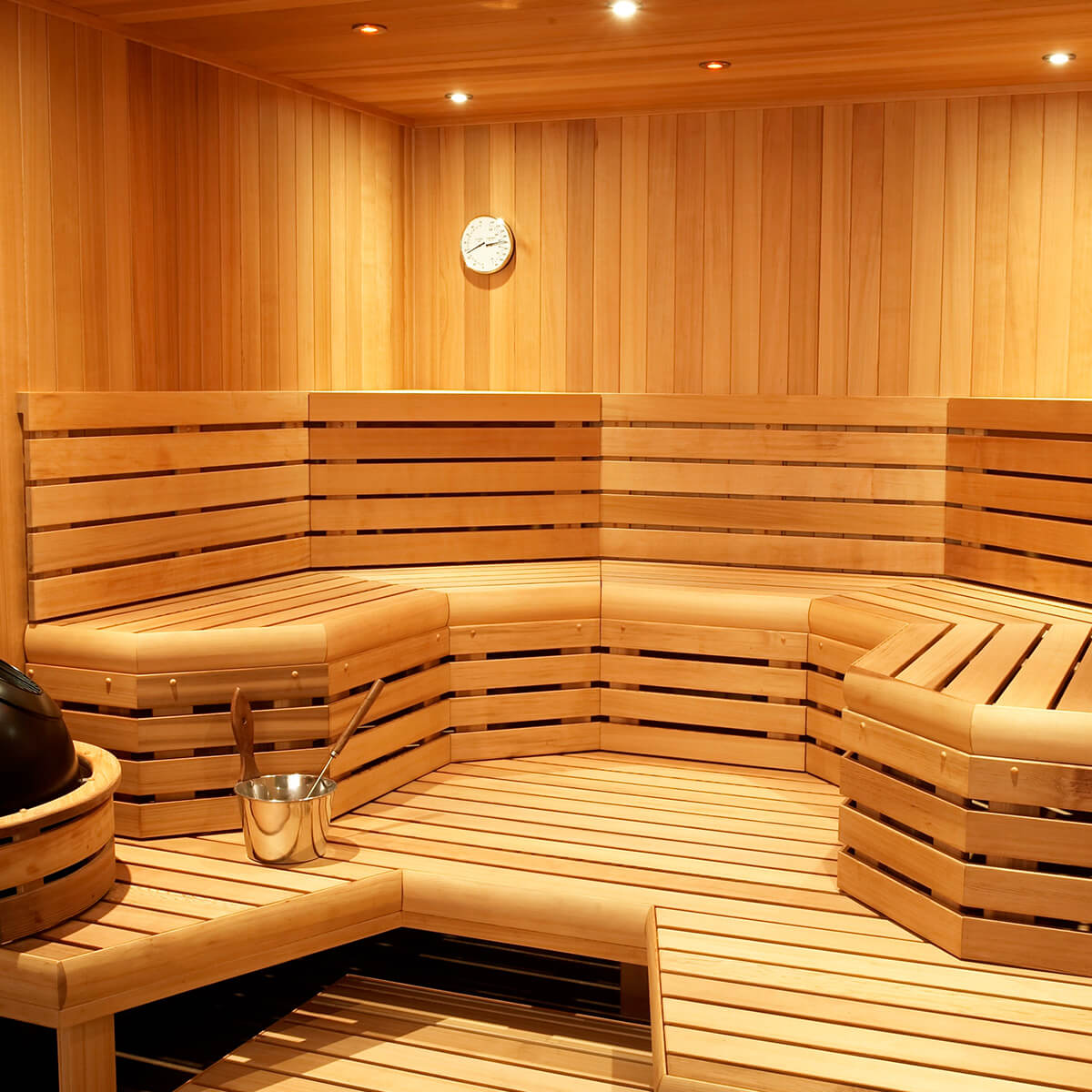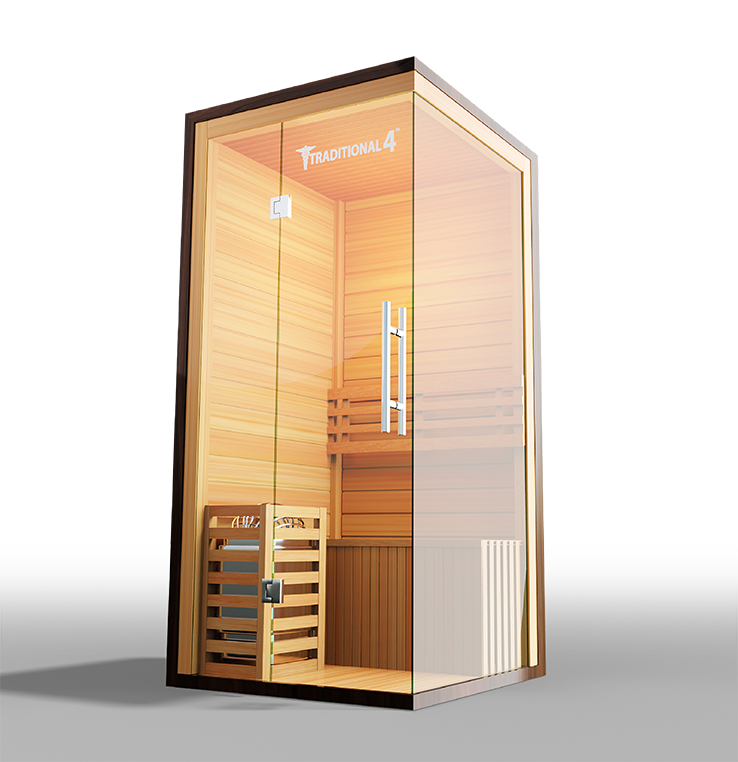The Main Principles Of Traditional Sauna
Table of ContentsNot known Incorrect Statements About Traditional Sauna 10 Simple Techniques For Traditional SaunaSome Known Details About Traditional Sauna Traditional Sauna Fundamentals ExplainedSome Known Facts About Traditional Sauna.
A lot of the weight lost in a sauna is water loss and is re-gained upon rehydrating. Without a doubt sauna can be an essential part of a healthy and balanced weight loss program. To look at the differences between typical and IR saunas, I will certainly separate these into proven, theoretical, and fabricated distinctions.Therefore, the most popular point in the saunawhich is at the ceiling straight over the sauna heateris typically in between 185 and 190 F. Claims that a standard sauna exceeds 200 F is merely not real and not appropriate for electrical saunas marketed in the US. The temperature for a far-infrared sauna is normally set in between 120 and 140 F; nevertheless, unlike the traditional sauna, the objective in and IR room is not to attain a heat.
Because of this, the temperature level difference is nearly pointless, given that excessive sweating causes both sauna types, but the technique of warming the body is various. In an IR sauna the bather will certainly feel hot and will sweat a lot, however at a lot reduced temperatures (Traditional Sauna). Thus, if the objective is to spend longer periods of time in the sauna, the IR sauna is a great choice
When a typical sauna has actually been appropriately warmed, the sauna walls are cozy, the air temperature has accomplished set temperature and the rocks are very heated. As an intriguing side note, the warmed walls and the rocks are discharging far-infrared warmth, integrated with the heated air, to develop an "wrapping up heat".
Some Known Questions About Traditional Sauna.

When the heat is achieved, the elements cycle on and off to keep the high temperature level. The majority of traditional sauna individuals enjoy pouring water over the rocks to create steam to increase sauna moisture degrees. The advantages of putting water over the rocks include: making the area extra comfy, dampening the nasal flows, and enabling the use of aromatherapy by blending important oils with the water.

When the power goes into the body, it triggers the body temperature to increase and ultimately causes sweating. In an infrared sauna it is essential for the emitters/heaters basics to stay on practically constantly. Given that there is no mass of rocks to retain warm, the sauna will certainly cool if the emitters closed off.
As pointed out over, the sauna bather in an infrared space wishes to place himself before operating emitters to obtain maximum take advantage of the heat. The home heating time for the two rooms can be very various, relying on just how the spaces are used. For a traditional sauna, a bather ought to permit 30-40 mins for the area to achieve a wanted temperature level and to properly pre-heat the rocks.
Traditional Sauna for Beginners
A well built sauna will commonly achieve a temperature of 150-160 F in regarding 30-40 minutes. For hotter temperatures, the room might require to warm for a longer duration.

Standard saunas have a tendency to be bigger (hence make use of more power) than infrared saunas, although traditional saunas are certainly offered in one and 2 person dimensions. For a two-person typical sauna, 5x6 or 5x7 dimension is most preferred. The leading bench can pleasantly seat 2 or three people and is also enough time to rest during the sauna session.
8 Easy Facts About Traditional Sauna Explained
The typical expense per kWH of electrical power in the U.S. is about $0.11, so a 4.5 kW heating system will cost about $.50 to compete one check my reference hour, if the heating system runs constantly for one hour. Usually a sauna heating unit will certainly run for 75% of the very first hour and 50% of succeeding hours on considering that the components cycle once the set temperature is accomplished.

There is a hardly ever discussed distinction in the social experience in between the 2 rooms. While our culture has actually shed some of the social benefit of the conventional sauna experience, it can be very socially satisfying (Traditional Sauna). From household time in the sauna, to heart-felt conversations with better halves, to sauna partiesthe conventional sauna experience can cause intimate socializing
Traditional Sauna Things To Know Before You Get This
Most higher end infrared areas consist of colored light treatment, audio systems and full-glass fronts.